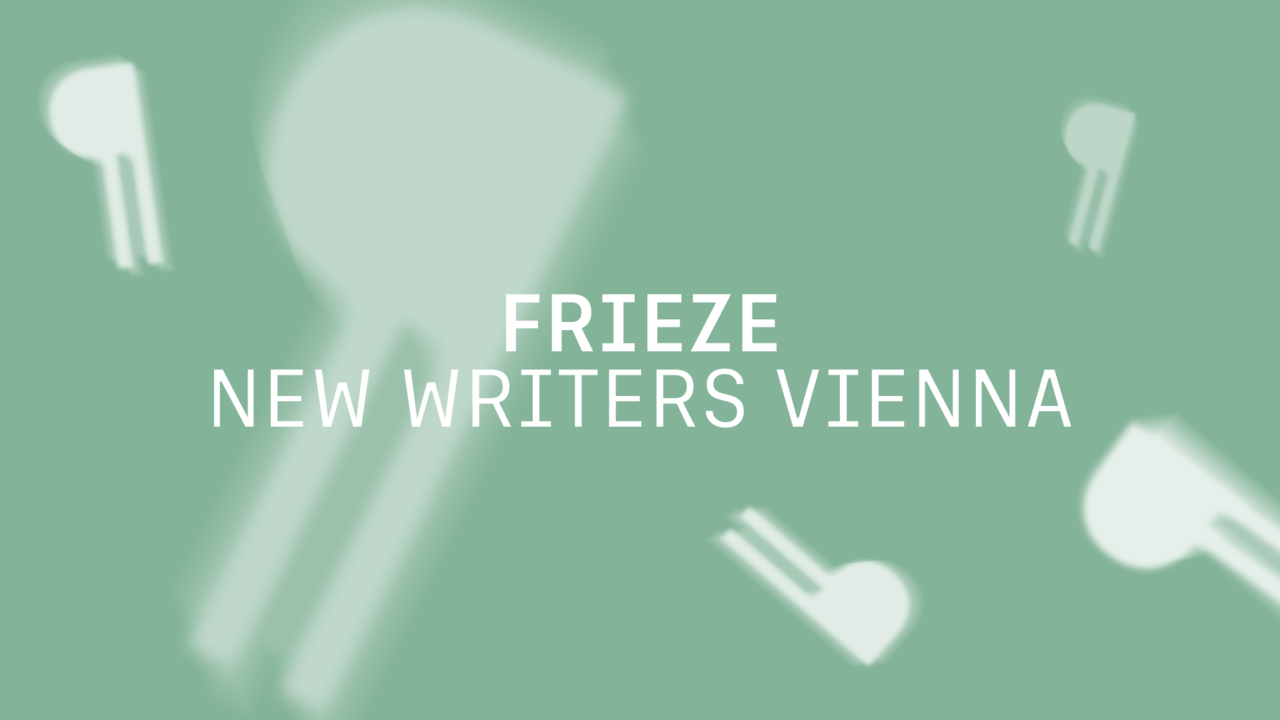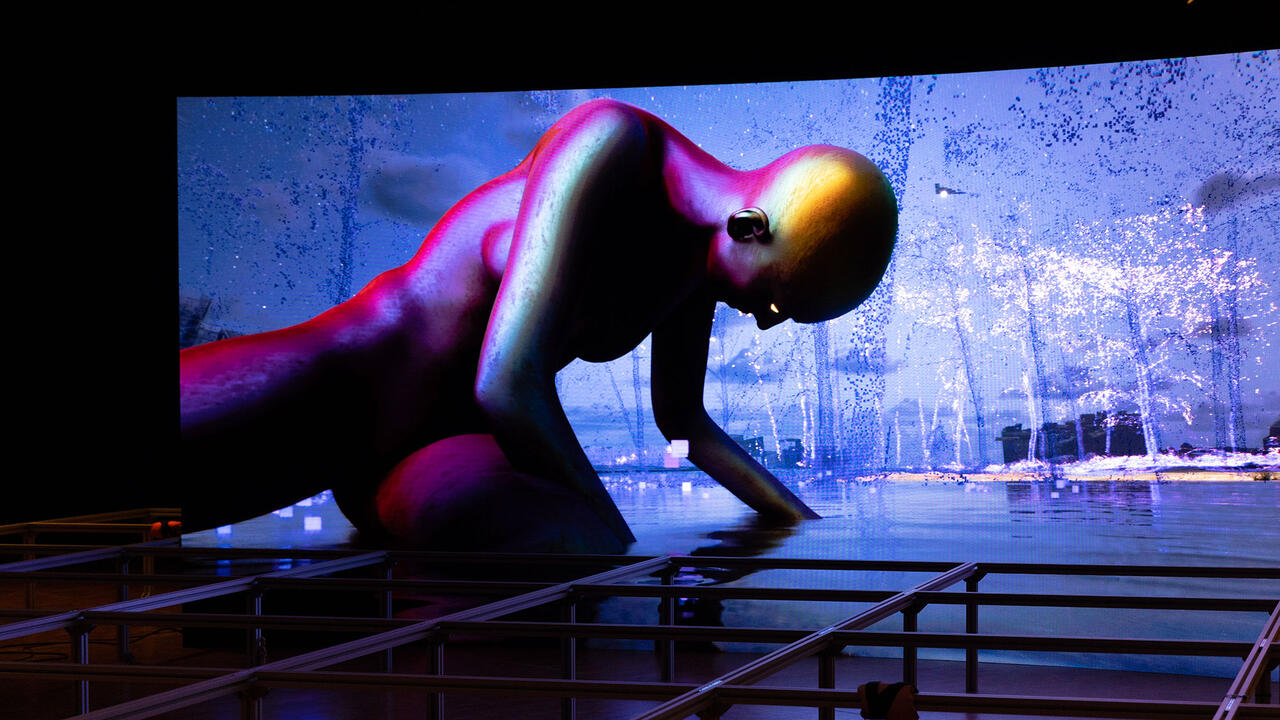Michael Raedecker

The street in Michael Raedecker’s painting insignificance (all works 2007) is empty, its paving slabs the same colour as the smudged grey sky. Blind-eyed buildings march sullenly towards the vanishing point, a last act of expiration in a scene in which everything – hope, life, colour – has huffed its last, exhausted breath. This is a burned world whose contents have turned to ashes; you can almost taste them, can almost feel their sour dryness leeching moisture from your tongue.
While the departure point for insignificance was an 18th-century watercolour depicting the volcanic metrocide of Pompeii, there is something trans-historical about Raedecker’s abandoned boulevard – it might belong to present day Iraq, or the post-apocalyptic America of Cormac McCarthy’s novel The Road (2006). Characteristically, the image is hand-embroidered in thread and wool onto washed out, occasionally shadowy painted grounds that are here and there infested with hairy clumps of fibre, or suffer from deep puncture wounds. In this work, however, the artist’s familiar needlework seems to possess a new urgency of purpose, as though it is the only thing holding a torn and tattered reality together – a set of sutures made in the hope that some terrible chasm will heal. Raedecker’s ruins might be compared to those in Percy Bysshe Shelley’s poem ‘Ozymadias’ (1817), but here something ‘besides remains’. Behind the façades of those crumbling buildings, a bare existence might yet be eked out.
Another painting, nameless, depicts what might be a lonely farmhouse, or a holiday home shut for winter. The buildings huddle towards the top of the image, as though straining towards a lukewarm sun, while beneath them hangs a long, rectangular stretch of grey canvas, here and there dappled with what appear at first glance to be spots of blue and pink paint. Look closer, and it becomes clear that a number of these drips and splodges have in fact been embroidered on to the picture plane in a meticulous, labour-intensive replication of accidental marks. Much has been written over the past few years about the ‘slowness’ of painting as a medium, but it is by exchanging oils for threads that Raedecker ties up the eye. Vision snags on these faux splashes of pigment.
Three still lifes of flowers punctuated the show, their titles – voyeur, exhibit and lust - underscoring their dark kinkiness and pungent whiff of perfumed rot. In Voyeur, gossamer petals bloom like a gorgeous disease, and tendrils of foliage probe pictorial space like sticky, insectoid antennae. Looking at this work, I think of all the damp, breathless acts the average domestic object bears witness to, the microscopic particles of sweat that bead on their proximate surfaces. Raedecker’s cut flowers are beautiful corpses slicked with the leavings of human life.
Perhaps the best work in this show, tipping point is a three-panel, landscape-format canvas across which snakes a washing line, its shirts and sheets billowing forward in a sinuous wave that recalls the 19th-century compositions of Utagawa Hiroshige. There is, however, no Persil whiteness here, only concrete tones and spidery agglomerations of black fibres. Against this grey backdrop, our dirty laundry seems fated never to be made clean, no matter how often we go through the motions of wash, rinse, repeat. Fluttering in a death-rattle breeze, these are flags for a sick planet, grubby bunting strung up at a suicide’s wake.
If Raedecker’s paintings speak of flesh and ashes, of memory and its fading, they also speak of the history of his chosen medium. In stripped and denial, the artist represents two horizontally striped beach towels, each of which resembles a sagging, grimy canvas by an obscure hard edge Abstractionist that has been scalpeled from its stretcher and sewn hastily onto a new support. Is this cosmetic or emergency surgery? Is the patient our species’ fraying past? Raedecker seems less concerned with heroics (political or painterly) than with modest, and very human acts of preservation. Like death, forgetting is always seeking to unravel us. Best make sure, then, that the stitches are knotted and tied.















